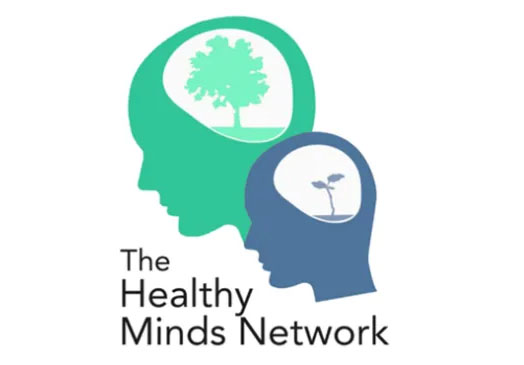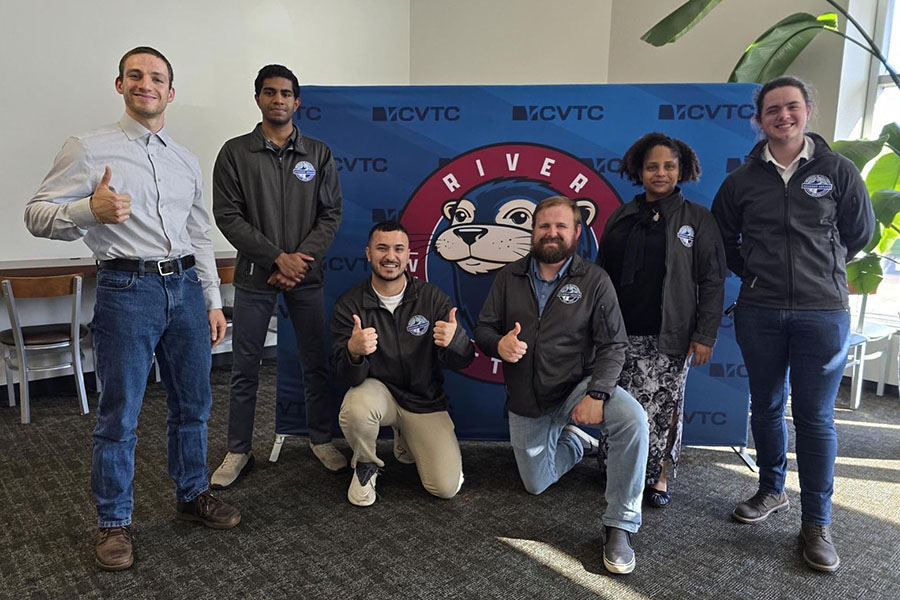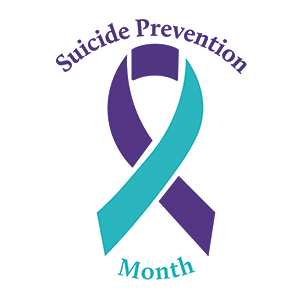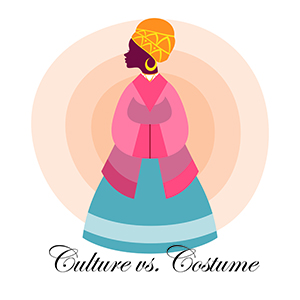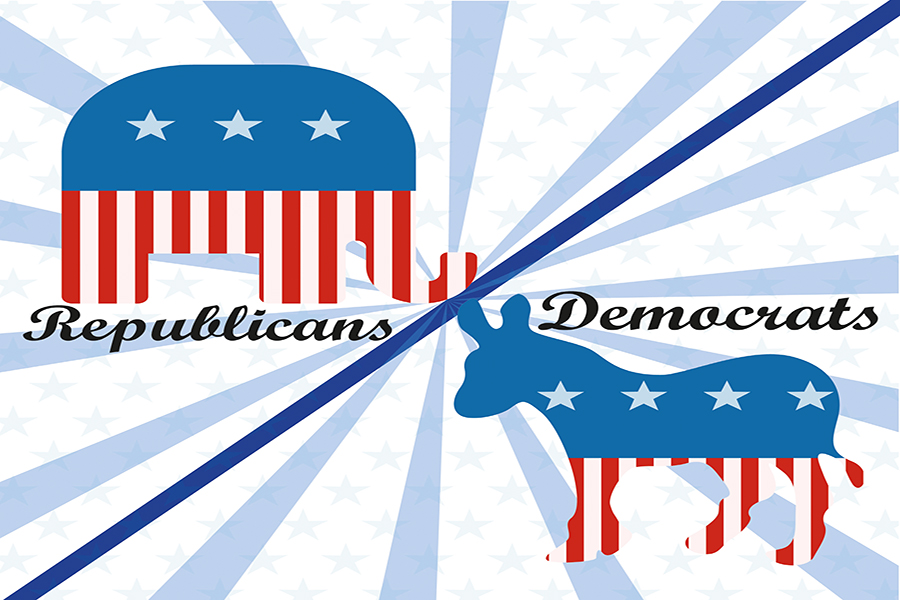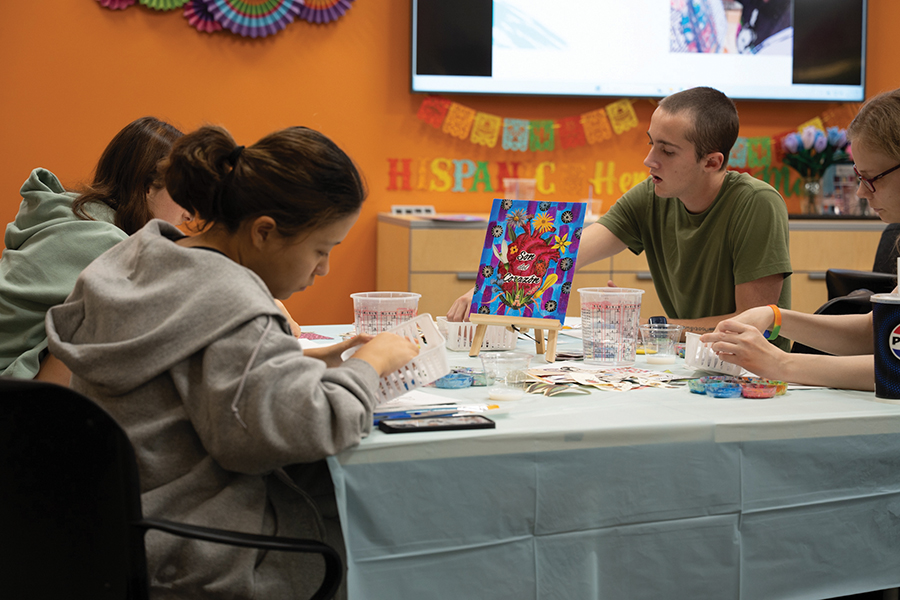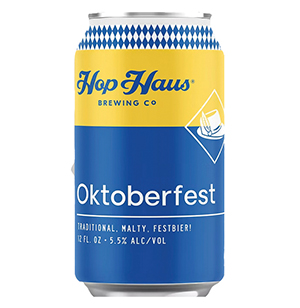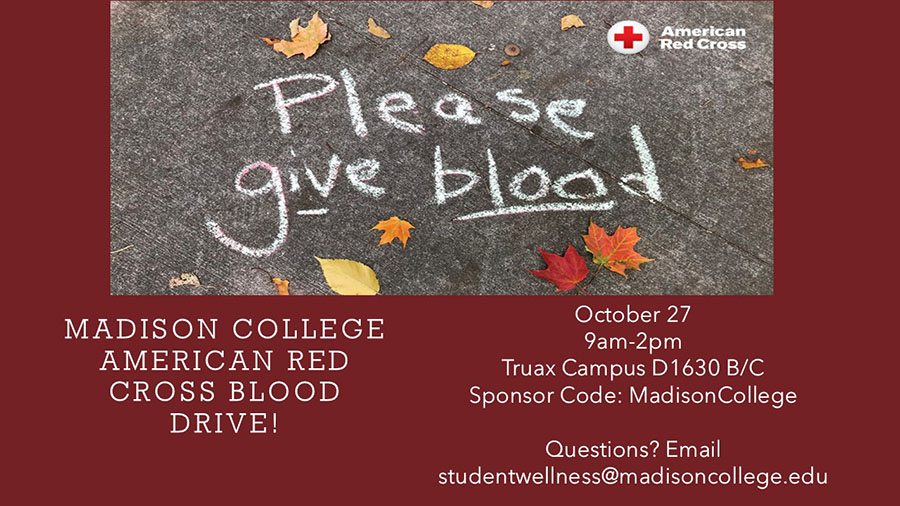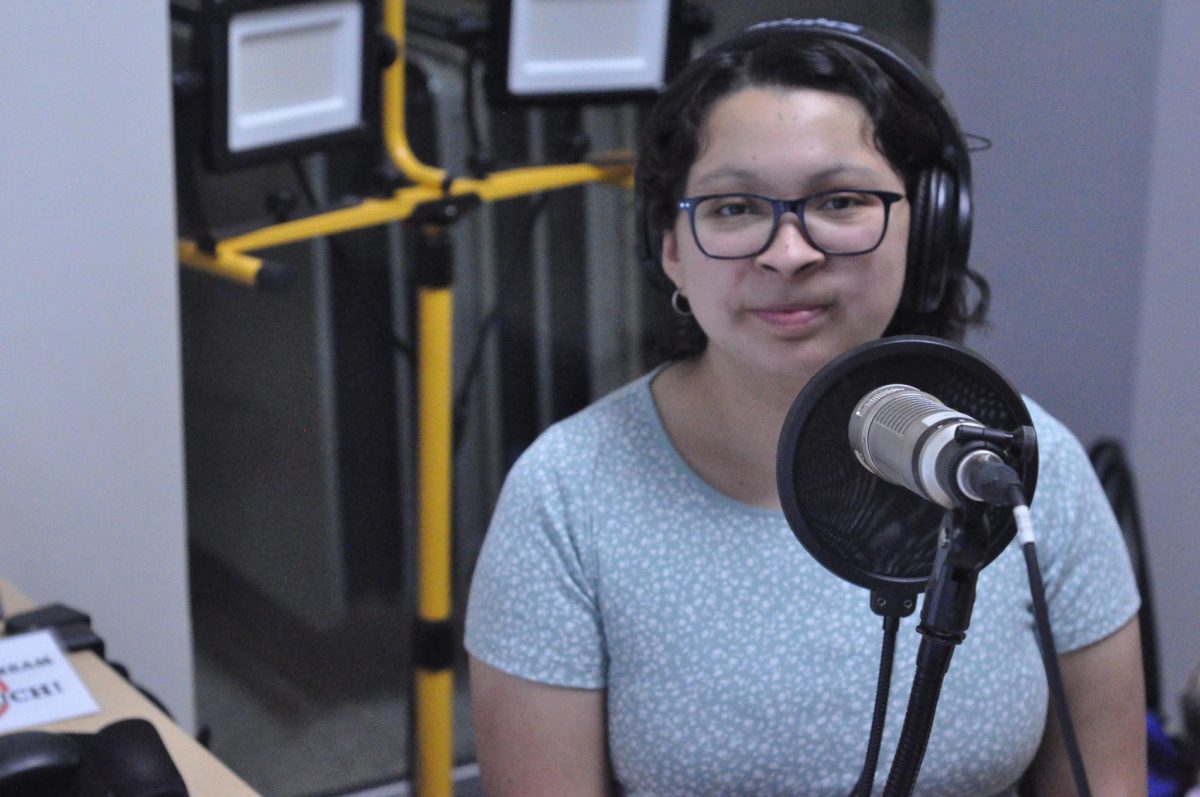Appreciation vs appropriation
Popularity of dreamcatchers shows how culture can be lost
October 4, 2016
I am a journaler and a stationary lover. I have so many journals that it would make your head spin. My sticker collection will impress and my washi tape (decorative tape you use in journals) will leave you embarrassed for me. I even subscribe to stationary vlogs on YouTube and am involved in several stationary themed Facebook groups. That is correct. Facebook groups for stationary.
As a journalist, and someone passionate about the news, I sometimes feel that life is so dark and heavy and unfair, I have to retreat to some ridiculous place to give myself a reprieve and stationary for me is just that place. I wish it could be yoga, I’d be so much thinner and limber, but it is not. Give me stickers, stamps, a pen and a blank page, and I’m in my happy place.
There has been a disturbance in my happy place recently. An absurd trend is emerging that I find absolutely baffling. It’s been a problem for a long time, but this new trend is particularly disturbing – dreamcatchers. Specifically, dreamcatcher stationary made and sold by non-natives and the people, usually non-natives, who use them in their gratitude journals and vision boards to inspire “good vibes” and to “never stop…” can you guess? “Dreaming.”
I thought crop-top tank tops, leggings, fake tattoos, real tattoos and hair accessories with dreamcatchers were pretty egregious, but there is something so offensive to me about using those images to inspire a generic and meaningless mindset such as ‘good vibes only,” or to symbolize what a free spirited “hippy” you are. And I think once someone breaks it down for you, you’ll understand why.
First, let me tackle the word “tribal,” because this seems to be a word attached to any line of stationary using dreamcatchers.
Tribes are a global phenomenon. They cover this earth and each and every single one of them is a unique culture and group of people in and of themselves. To call any one thing “tribal” is to strip that item of its entire identity and meaning. It’s lazy. Why bother researching the name of the group of people the item came from and give it its proper name when you can whitewash it and say “tribal.” Tribal should be a bad word. Just as we try not to say stupid, or retarded, we should never, ever say the word “tribal” ever again.
It is also important to note that using the term “Native American” can be problematic. Dreamcatchers are not Native American, they are Ojibwa (also known as Chippewa) and Lakota, both of which inhabit Wisconsin, Minnesota and Canada. There are hundreds of native tribes in America, and each one is a unique group of people with their own culture, language, traditions and religions. Many of them aren’t even “tribes,” but nations and are recognized as so legally within the United States.
The origin story varies for the dreamcatcher, but the idea is essentially the same. A web of sinew intertwining inside a hoop catches bad dreams while the good ones slip in through the center, sliding down the feathers to the child’s head. The bad dreams remain entangled in the web until the sun rises, then they disappear as the rays touch them. Dreamcatchers were made for children and made to dry out as the children grew up symbolizing the fleeting nature of youth.
It’s a beautiful symbol and a powerful one, I can see why people are so keen to use them, but we must be careful and above all we must be mindful of our actions, mindful of what we take and how we use it, because it does have repercussions. We do send clear messages about what we think about a group of people when we do this. To take the powerful image of the dreamcatcher, label it as “tribal” taking away all meaning and identity and then journal with it saying, “dream big!” or “good vibes only!” is disrespectful. It’s such a generic use of something so ancient and meaningful.
Gratitude journals can be powerful tools in our lives, as can mindfulness journals, but only if we are truly mindful and truly grateful. If you’ve got the stamps, the stickers, even the t-shirts, or tattoos, it’s not too late. Dig into it, do the research and teach yourself about the Ojibwa and Lakota people. Look into their history and how colonialism in the States affected their lives. What happened to their people? Take time to write it down, to express your thoughts and feelings about their fate. What is life like for them now on the reservations? Spoiler alert, it’s not great. Take stock of your life and understand what you have were built on the backs of people like the Ojibwa and the Lakota, especially here in Wisconsin.
From here on out, be more aware of what you buy and who is profiting off it. Anything labeled “tribal,” or “Native American inspired” should be avoided altogether.
You can still buy yourself a dreamcatcher, since they’re not sacred symbols. You just need to buy from a Native American artist and support them instead of large corporations, or even smaller artisans who are not First Nation. You also need to be respectful of how you use them.
BeyondtheBuckskin.com is a wonderful place to start. They have their own boutique as well as a whole list of Native artists you can shop from. Again, learn about what you are buying and where it originates from and you can truly support the First Nations of the country and Canada.
The line between appreciation and appropriation is a fine one, but it is one that we must walk regardless. Whether it be in your fashion, your stationary, or your body art, taking from other cultures who have been dominated and continue to be dominated is not the path to a more genuine, grateful, mindful you. Look to your own culture, your own past, your own desires and leave everything else to the people it belongs to.

